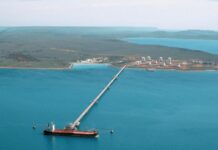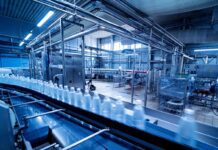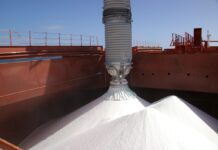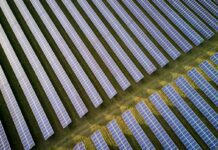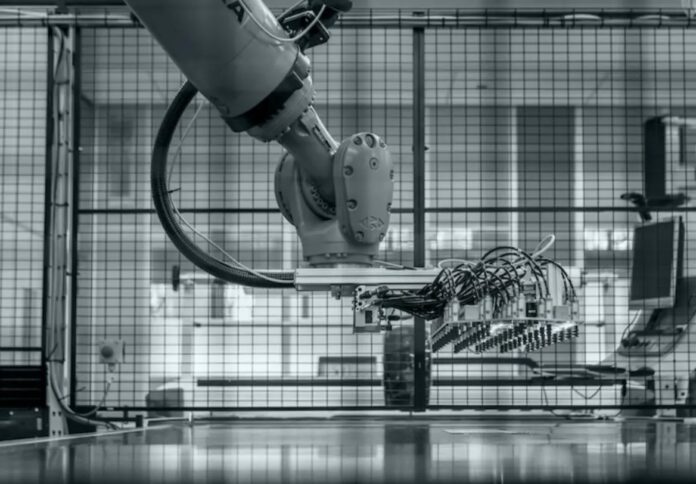
Australian graphene production company Sparc Technologies has commended the Australian Government’s continued and increasing support for green hydrogen production and science and technology as outlined in the 2023-24 Federal Budget.
The $2 billion Hydrogen Headstart program, according to the ASX-listed company, is another indication of how governments around the world are stepping up their support for the use of green hydrogen as a clean fuel to help in the transition to a low-carbon economy.
This comes after the United States’ Inflation Reduction Act, which provides production tax credits of up to USD 3/kg for clean hydrogen until 2032.
It also follows the lead of the EU Hydrogen Bank in support of the European Commission’s targets of producing and importing 20Mtpa of renewable hydrogen by 2030.
Sparc noted that each of these financing schemes aims to close the market gap for early-stage innovations while also promoting the development of a clean hydrogen ecosystem.
While the Hydrogen Headstart initiative is a solid starting step, Sparc Technologies said it is looking forward to obtaining more information about the funding mechanisms presented as well as additional assistance for emerging technologies like the one Sparc Hydrogen is developing.
Furthermore, Sparc Technologies also welcomes the Federal Government’s $392 million investment in the Industry Growth Program, which supports start-ups and small-to-medium businesses to help them commercialise new technologies.
According to Sparc, it is committed to creating innovations in Australia and has a number of university relationships that support its own research and development operations in graphene, green hydrogen, and hard carbon battery anode materials.
In particular, Sparc Hydrogen is a joint venture between Sparc Technologies, the University of Adelaide, and Fortescue Future Industries in an effort to use photocatalytic water splitting (PWS) to create the next generation of green hydrogen technology.
This process is an alternative to producing green hydrogen via electrolysis, using only sunlight, water and a photocatalyst, according to Sparc.
Sparc Hydrogen’s patent-pending solar reactor has been proven to enhance PWS’s efficiency in separating hydrogen from water using concentrated sunshine, the ASX-listed company said.
If successful, the ‘Sparc Green Hydrogen’ method has the potential to offer a cost-competitive advantage over electrolysis powered by renewable energy due to lower infrastructure needs and energy usage.


